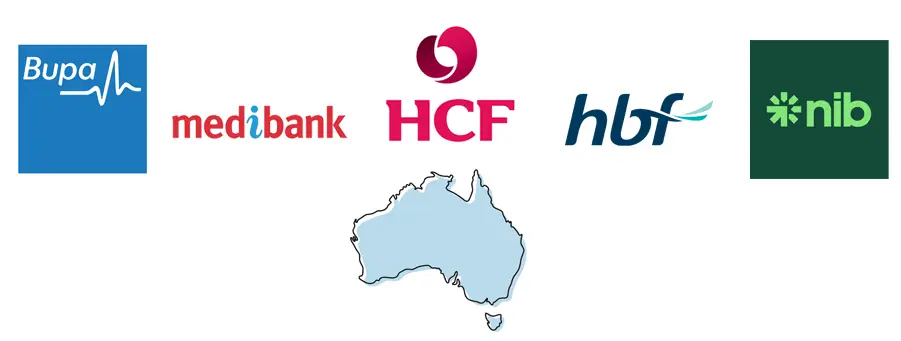
It’s no secret that more than 50% of health insured Australians are with Medibank or BUPA despite there being over 40 health funds to choose from. For an Australian health provider, such as Dentist, Physiotherapist, Chiropractor, and any other health service provider claimable through health insurance, this generally means that approximately half of their insured patients are with Medibank or BUPA. How might that affect the practice?
Many of the big health funds – especially the for-profit health funds – have a ‘preferred provider’ platform that health service providers can apply to become a member of. Medibank’s preferred provider platform is called Member’s Choice and with BUPA it’s called Member’s First. On the surface, it’s a way for practices to get new patients in the door and offer services that cost the insured patient less out of pocket gaps. Look under the hood, however, and you’ll find that part of the contract involves health providers being told how much, and how often, they can charge for an item numbered service to members of that health fund. In short, the health provider no longer has the freedom to treat almost half of their own patients without some sort of red-tape guiding the frequency and charge of their treatments.
Isolated, the preferred provider platform isn’t an inherently terrible scheme. It becomes problematic when you introduce independent health providers: doctors, dentists, physiotherapists, chiropractors, osteopaths, massage therapists, etc, that have decided to remain independent of any single preferred provider platform. When potentially more than half of insured Australians are advised that they will get significantly higher extras payouts if they choose to attend a preferred provider, how does that affect the customer base of our Australian independent health providers? Their loyal customers, of up to decades, if to inquire, would be told that they must change to another health provider in order to get more back for their health treatments. Based on feedback the Fair Health Care Alliance has received from customers, some big health funds have been known to pro-actively contact their customers to let them know about nearby preferred providers after the fund has noticed a claim has been made at a non-preferred provider practice. In our opinion, that’s just malpractice and unbelievably unfair for the entire health industry.

Portability
Don’t re-serve waiting periods when you switch to a new health fund or policy
“John was immediately covered for a hip replacement in private hospital because he had already served his waiting periods for joint replacements on his old policy”
The foundation of the problem comes from this: the extras policy has a lower rebate for a service unless you were to go to a preferred provider. An example of one of Australias most popular extras policies (which we will not name but you have a 50% chance of guessing the fund), only pays 25-35% of the charge* for particular health services at any health practice, but 60-70% if you go to their preferred provider practices. Once again, this might seem reasonable on paper but understand that it financially penalizes an Australian consumer’s right to choose who they receive their health treatments from.
* based on industry average charges for item numbers
There are an absolute multitude of Australian health funds, particularly the not-for-profits, that seek to pay the same extras rebates regardless of where their policy-holder chooses to attend for health services and treatments. These funds are known for keeping their finger on the pulse with average industry charges for services and generally increase their rebates with inflation at intervals. Said health insurance funds clearly support a fair playing field and independent health practices. Given, there are also some health funds that have preferred provider platforms but will still pay well at non-preferred providers – just not AS well. The crux of the problem is when the health insurer pays rubbish rebates unless the treatment is received at their contracted practices.
Considering these issues, here poses a serious problem in the health service landscape. Health practice owners are being forced to choose between complete independence from big health fund influence at the risk of losing patients, or potential new patients, to competitors who are contracted with a big health fund preferred provider platform. How much more influence does the Australian health landscape need to hand over to big for-profit health insurers before the red flags fly?
The Fair Health Care Alliance supports any health practice, patient or Australian health insurance consumer that comes to us for help and advice regarding private health insurance and switching to a health fund that shares our values and philosophy of industry fairness – to the best of our ability. The tri-lateral relationship between the health provider, the patient, and the patients’ health fund is the key to solving this mammoth of an elephant-in-the-waiting-room problem. The Fair Health Care Alliance is working to connect these dots.
Our advice? Don’t change health providers, change your health fund.






